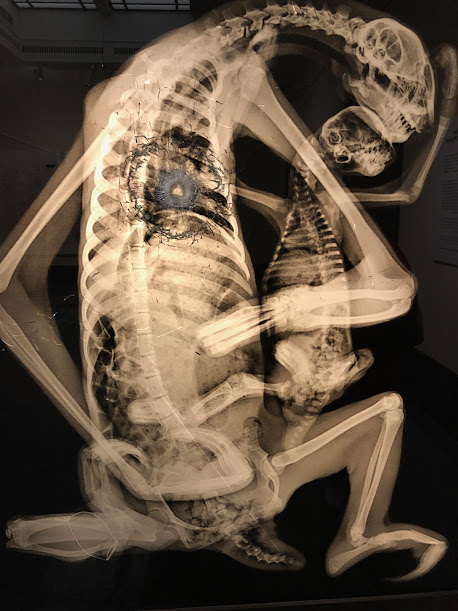There he is. Slouched on a cold granite bench like a man who just realized relativity doesn’t work on Mondays. The Albert Einstein Memorial, sculpted by Robert Berks, is Washington, D.C.’s most brooding genius, a 12-foot-tall bronze behemoth with equations in one hand and a “seen some things” expression on his face. The man figured out the fundamental nature of the universe, and they immortalized him looking like he’s debating whether to finish his pastrami sandwich or take a nap.
This monument was unveiled in 1979, marking 100 years since Einstein was born and 24 years since he peaced out of this mortal coil—presumably because he was tired of explaining E = mc² to people who still believed in astrology. Berks, who had a thing for famous faces (he also sculpted JFK’s memorial at the Kennedy Center), based this work on a bust he did of Einstein in 1953, when the physicist was still alive and probably tolerating it out of politeness. The statue itself weighs four tons, which is about how much information Einstein carried in his head at any given time.
And then there’s the star map—2,700 metal studs embedded in the 28-foot-wide granite dais, mapping out celestial objects exactly as they appeared on the dedication day. It’s like a cosmic Easter egg hunt for astronomy nerds, except the prize is realizing how small and irrelevant we all are in the grand scheme of things. Stand in the center of the dais, and your voice amplifies—which means if you ever wanted to scream your deepest, darkest regrets to the universe while Einstein stares at you in judgment, this is the place to do it.
The statue is also a favorite among tourists, mostly because it’s one of the few D.C. monuments you can actually climb without getting tackled by security. Some people sit in Einstein’s lap. Others whisper sweet nothings into his bronze ears. A few brave souls attempt to interpret his facial expression—existential despair? Cosmic enlightenment? The moment you remember you left the oven on? Who’s to say?
The Meaning? Oh, It’s Heavy.
Beyond the quirky quirks, this is a monument to the power of thought, to a guy who revolutionized science with nothing but his mind while humanity was still figuring out how to properly cook a hot dog. The three equations carved into the manuscript in his hand aren’t just fancy squiggles—they’re the foundation of modern physics:
• General Relativity (space and time are in an eternal wrestling match).
• The Photoelectric Effect (without this, no solar panels—enjoy your high energy bills).
• E = mc² (the equation that launched a thousand nuclear nightmares).
And because Einstein wasn’t just about math but also about not being terrible to each other, the back of the bench is engraved with three of his greatest hits on truth, justice, and the importance of not being a jerk:
1. Civil liberty is cool.
2. The universe is mind-blowing.
3. You have a duty to seek the truth (so maybe stop getting your news from memes).
But the Real Question Is…
If Einstein could stand up, stretch out those stiff bronze legs, and take a look around today—would he be impressed, horrified, or just really into TikTok?
#Relativity #BigBrainEnergy #EinsteinVibes #BronzeAndBrooding #PhysicsNerdsUnite




















